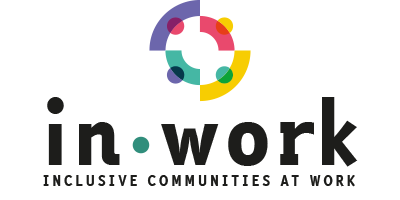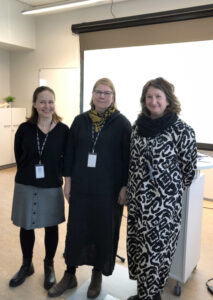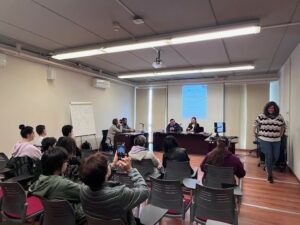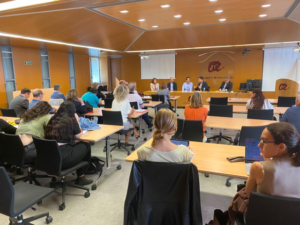After extensive work, the IN-WORK partners are thrilled to announce that yet another milestone has been achieved. The guide “Methodological Guideline for Stakeholders Engagement” is finally here. This guide is one of the essential deliverables foreseen in the project and it represents months of diligent research, analysis and collaboration.
Why stakeholder engagement matters
Stakeholder engagement plays a pivotal role in the success of Work Integrated Learning (WIL) programs, especially those catering to students with special needs and disabilities. It is through collaboration and partnership among various stakeholders that inclusive, supportive, and effective learning environments can be created.
This guide delves into intricacies of stakeholder engagement in the context of WIL programs for students with special needs and disabilities, while also serving as a practical guide and providing comprehensive insights, practical tips, and actionable steps.
Together, we can pave the way for an educational landscape that truly leaves no one behind.
Objectives of this guide
- Comprehensive guidance: This guide offers a holistic approach to stakeholder engagement in WIL programs, catering specifically to students with special needs and disabilities.
- Inclusive learning environments: The guide emphasizes the creation of inclusive learning environments that foster the active participation and success of all students, regardless of their abilities or challenges.
- Effective communication: Effective communication is at the core of successful stakeholder engagement. The guide offers strategies for facilitating open, transparent, and accessible communication channels among all stakeholders.
- Strategic planning: Stakeholder engagement must be strategically planned to ensure that the diverse needs of students with special needs and disabilities are met. This guide outlines methods for setting clear goals and allocating resources efficiently.
- Assessment and adaptation: The guide provides insights into assessing the specific needs of students with special needs and how to adapt resources and learning environments.
- Continuous improvement: Monitoring and evaluation are vital components of successful stakeholder engagement. The guide helps you establish key performance indicators and procedures for continuous improvement.
- Value added by WIL: Recognizing the value that WIL brings to stakeholders, this guide explores how to demonstrate the tangible benefits and outcomes for all involved parties.
How to access this guide
To gain access to the full guide, click here.



